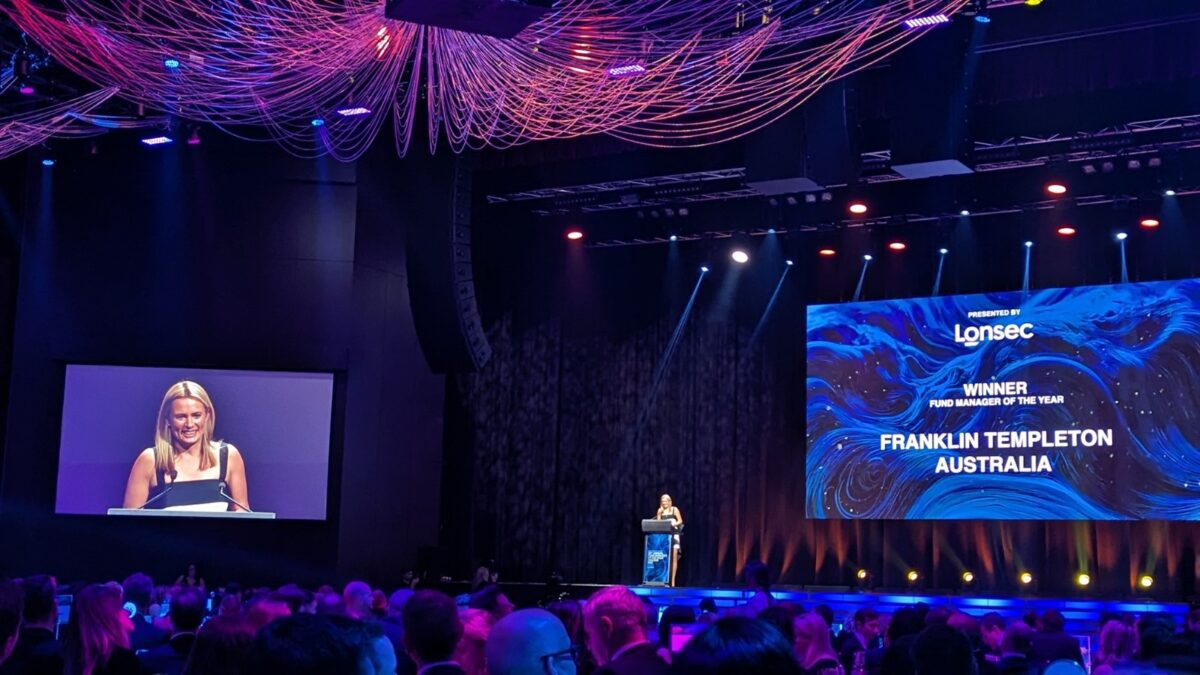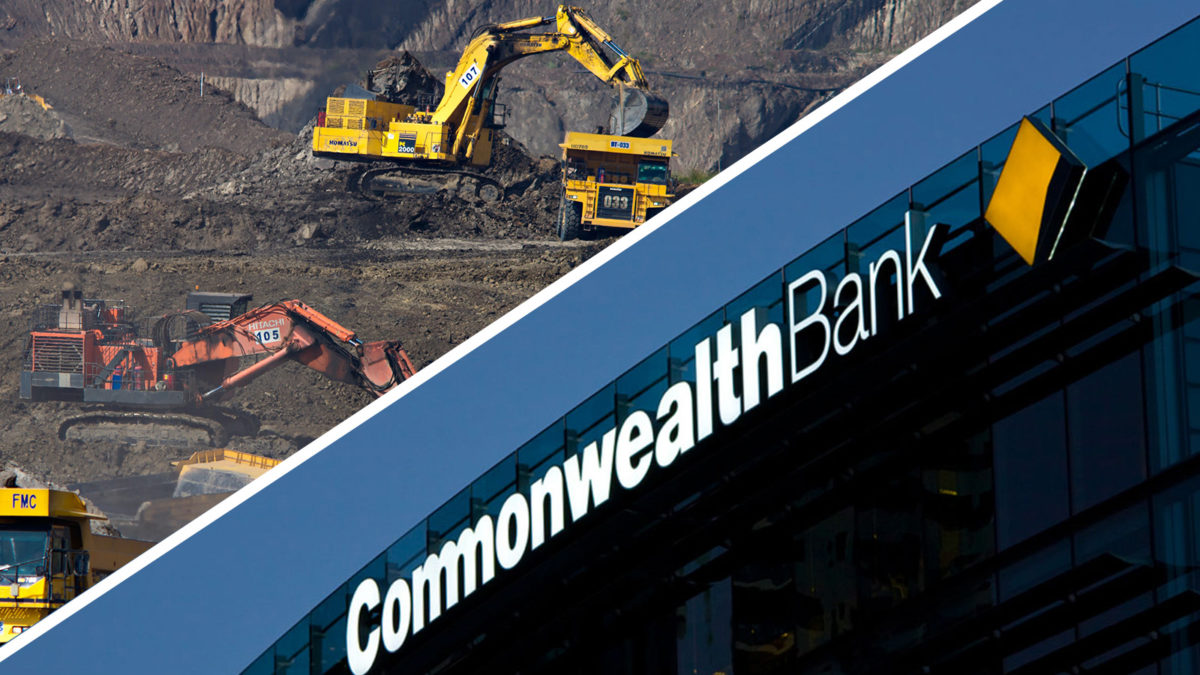Property Income in a Post-Covid World
Recent moves by the Solomon Lew-backed Premier Investments (ASX: PMV) have brought the issue of tenant quality back into the spotlight. The group’s decision to effectively cease paying rent to its many landlords has exposed a power shift between landlords and the businesses they house. For many landlords, easy street is about to become struggle street.
Australia’s property sector, including commercial, retail and residential, has benefited for years, even decades, from an historical tailwind of collapsing interest rates boosting valuations across the board.
Such has been the demand for yield that there were reports of suburban retail shops selling on yields or cap rates of as low as 2%-3%; where else can you put your money when term deposits are paying next to nothing?
Property investment had become the most powerful tool for wealth accumulation available, with landlords holding all the power. In this environment, supported by a strong economy, location, position and asset quality was everything; tenants appeared to be an afterthought. In most cases tenants could easily be replaced at little cost, so it was more about having the best buildings or amenities. But today, in an economic environment where offices, restaurants, cafes and shopping malls remain empty, and bankruptcies and store closures are increasing, landlords will not be immune.
The question investors are asking: what impact is this having on valuations? On the one hand, the majority of ASX-listed real estate investment trusts (REITS) are trading well below their net tangible asset (NTA) values, with the ASX 200 A-REIT index still down 22.4% for the year. On the other hand, most of the underlying companies have reduced the valuations of their assets by as little as 5%-10%, despite foot traffic slowing by as much as 90%. Taking a close look at the capitalisation rates, which are the most common valuation measure for property (calculated as rental income divided by the market value) presents an interesting story:
Goodman Group (GMG): One of the leaders in logistics warehouses with Amazon Inc. (NASDAQ:AMZN) as a core tenant, has an average cap rate of 4.9%;
Vicinity Centres (VCX) – Half-owner of Chadstone (3.9% cap rate) and multiple ex-Centro shopping centres, has an average of 4.8% in its city centre and 5.5% across its entire portfolio;
Lend Lease (LLC): Carries its Craigieburn shopping centre at 5.1%, industrial warehouses at 6.3% and its retail managed trust at 5.4%;
Bunnings Warehouse Property Trust (BWP): Solely leased to probably one of Australia’s most secure tenants, its namesake, BWP has an average cap rate of 6.1%;
Mirvac Group (MGR): Holds a number of trophy assets, which are valued at 5.25% in offices, 5.4% in retail and 5.7% in industrial.
On first blush, these cap rates probably don’t seem excessive, but with most share prices down heavily, surely the market is sending us a message. Surely Amazon, among the most valuable companies in the world, is a more secure tenant than the $2 shop at a regional mall? Particularly so when thousands of tenants across major shopping centres, warehouse districts and office towers are either paying discounted rent, seeking to negotiate or are on the verge of closure?
In this environment, the more secure and better-funded the tenant, the greater value the asset should demand. This theme is only likely to become more important as the impacts of COVID-19 extend in the coming months and the very important support package in JobKeeper/JobSeeker comes to an end. So why hasn’t it happened yet?
There are two types of tenants that seem better-positioned than others to deliver consistent rental income with limited delinquencies or vacancies in the decade ahead; healthcare and government. In fact, the two have a substantial amount of overlap. Yet speaking with management at Castlerock Property, it seems the sector remains misunderstood or unappreciated by the market. Castlerock recently closed a $93 million office purchase in Townsville, which has an 8-year lease, on a cap rate of 6.9%; 40% higher than many sub-regional malls. Barwon, on the other hand, carries all of its healthcare property, even those leased to State and Federal Government, on cap rates between 5.5% and 6.5%.
It seems clear that something needs to give in the sector, either retail cap rates expand (cutting valuations) to accommodate downward pressure on rents, or cap rates from quality tenants reduce and valuations rise as the search for income continues. In the search for opportunity, analysts have more recently been seeking to attribute replacement value of shopping centres, based on their potential as residential developments: this may be a stretch too far.









